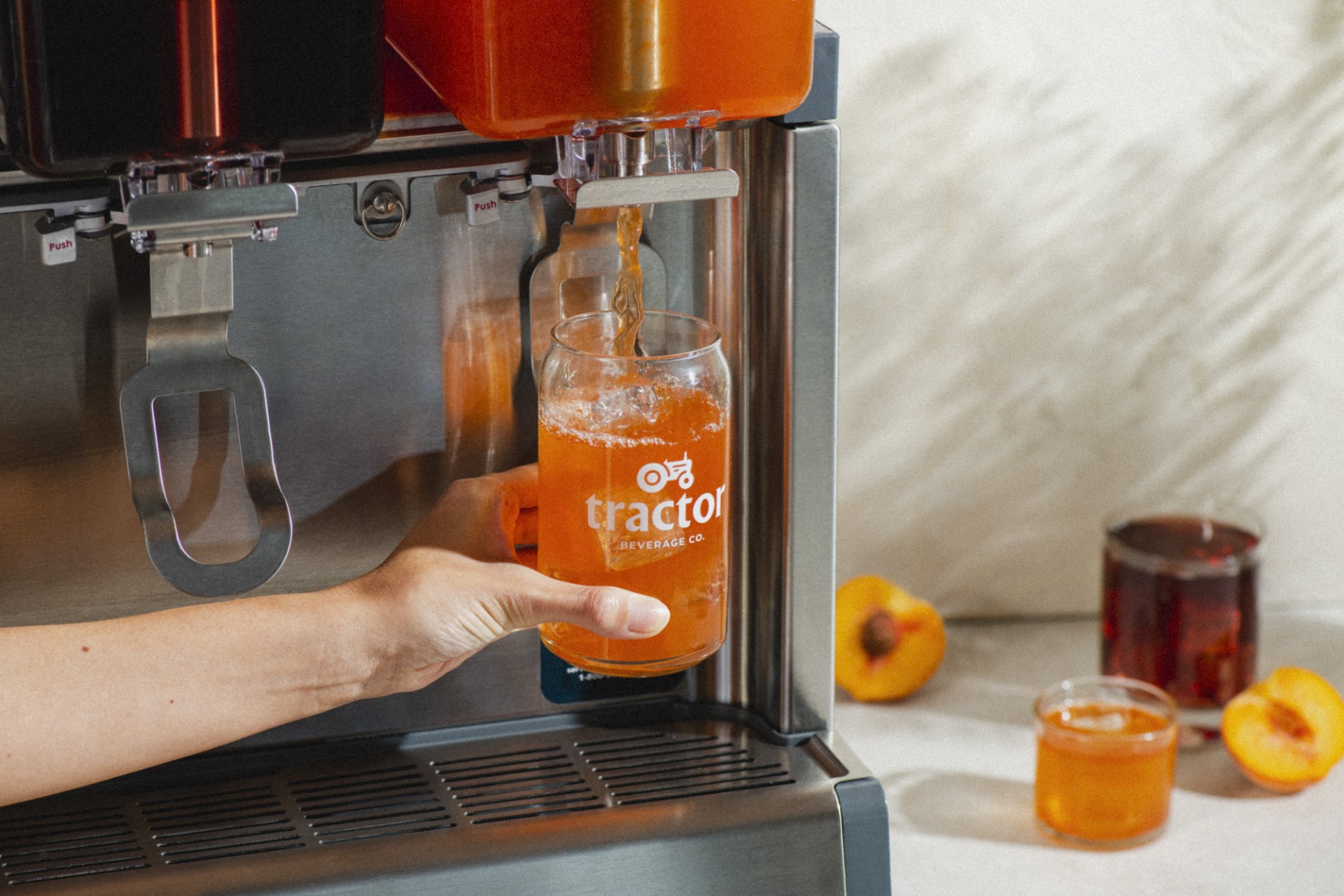By Russ Spencer, Senior Director of Restaurant Success at Craftable
Operators’ Guide to Overcoming Summer Slowdown – Food & Beverage Magazine
The temperature isn’t the only thing rising this season–so are opportunities to drive sales within your hospitality business. To ensure your bar or restaurant is set up for success, invest time and resources into the technology needed to secure historical, industry, and current data to make decisions that improve your overall bottom line.
Current Market Snapshot
Historically, operators have used year-over-year data to predict future sales, inventory, labor and more. This data can provide operators with a greater understanding and proactive approach to challenges that may arise. However, operations over the past few years have been anything but conventional due to the COVID pandemic and may not be relied upon to make these crucial predictions.
It’s important to consider smaller data sets such as quarter over quarter, week over week, and day over day. Technology that can track data and provide further insight helps operators make the necessary decisions to improve their bottom lines.
Operators should take into account the number of guests and tickets. Guest counts define the business’s market share, tickets define the number of party transactions, and sales define what happens with the market’s share. Understanding the traffic flow of guest counts and tickets helps operators schedule more efficiently, and understanding the product mix helps determine how to order and stock accordingly.
Efficiently Manage Resources
Operators should also consider their business’s largest cost factors, food and labor. Two of this year’s top industry challenges include higher food costs and understaffing. According to the National Restaurant Association’s (NRA) 2023 State of the Restaurant Industry Report, 62% of operators say their restaurant can’t support customer demand with the number of staffers they currently have on hand.
When looking to control labor, it’s important to consider productivity and efficiency. Productivity is measured by the number of guests divided by labor hours. Labor efficiency is measured by how efficiently a given workforce can accomplish a task compared to what was scheduled. Consider, “How many hours did I use versus how many hours did I schedule?”
Operators should revisit this data set regularly to ensure that labor is used efficiently. No restaurant wants extra staff working when it’s quiet, and employees will appreciate being provided better coverage and tips during busier times.
Balance Demand with Hours, Food and Labor
To drive business during slower hours, operators should consider offering deals to entice new customers. According to the 2023 NRA report, 79% of adults would likely take advantage of discounts for dining on off-peak days.
To balance labor and cost, add “speed scratch” items that require less labor. That labor can then be reallocated to drive sales. Instead of using one back-of-house staff member to cook and two to prep, use a speed scratch item to free up one of the preppers. Operators can also use tactics like batching cocktails to streamline customer service and reduce wait times.
Optimize Your Offerings
Although food prices are predicted to increase at a slower pace in 2023 compared to 2022, it is still above the historical average rate. According to the U.S. Department of Agriculture’s 2023 Food Price Outlook, all food prices are predicted to increase by 6.5% this year, with a 4.9 – 8.2% prediction interval.
With this rise in cost, operators should categorize menu items based on the highlow relationship to profitability and popularity, also known as menu engineering. This process analyzes each menu item’s contribution to profit against how often it is purchased. Customers’ purchasing behavior is often influenced by their visual attention to a menu item. With a greater understanding of each item’s popularity and profitability, you should design a menu to drive maximum profit while balancing execution and brand integrity.
Shortening the menu and letting your star dishes shine will achieve this goal. When trimming your menu, introduce variety into the mix, even while cutting back the ingredients and labor needed to produce plates. You can utilize ingredients left over from favorite dishes and incorporate them into creative, new dishes.
Incorporating Technology
Operators should integrate technology to streamline and make operations more efficient. More than half of operators surveyed by the NRA said that using tech to enhance rather than replace human labor and automation will become more common in 2023.
Comprehensive real-time data is critical for restaurant owners and staff to optimize operations and customer experiences. Utilizing platforms like Craftable, which integrates with POS systems like Square, can help provide full visibility into hospitality operations, connecting purchases with sales data and labor in real-time.
Take Action
For operators, it’s important to note that success doesn’t come from what is done occasionally, but rather consistently. Use this season as an opportunity to jumpstart regularly reviewing business operational insights and use strategic tactics–resource management, balancing demand with labor and optimizing offerings–to support immediate and long-term growth.
About Russ Spencer, Senior Director of Restaurant Success at Craftable
Russ Spencer is the Senior Director of Restaurant Success at Craftable, a cutting-edge technology company that empowers restaurants, bars, hotels, and hospitality businesses, both big and small. Bringing over 30 years of experience as an accomplished multi-unit operator working in day-to-day hospitality operations, Russ has a strong understanding of the benchmarks needed for a restaurant’s financial success. In 2015, he began consulting with independent restaurants to find profitability within their operations. Through COVID-19, Russ was part of a team of specialized consultants focused on using government legislation to help small businesses navigate the uncharted times by maximizing their pandemic relief benefits and setting up their businesses for long-term success. Using this information, he helps take early measures to address opportunities with tailored solutions to increase operations’ margins and efficiencies.








